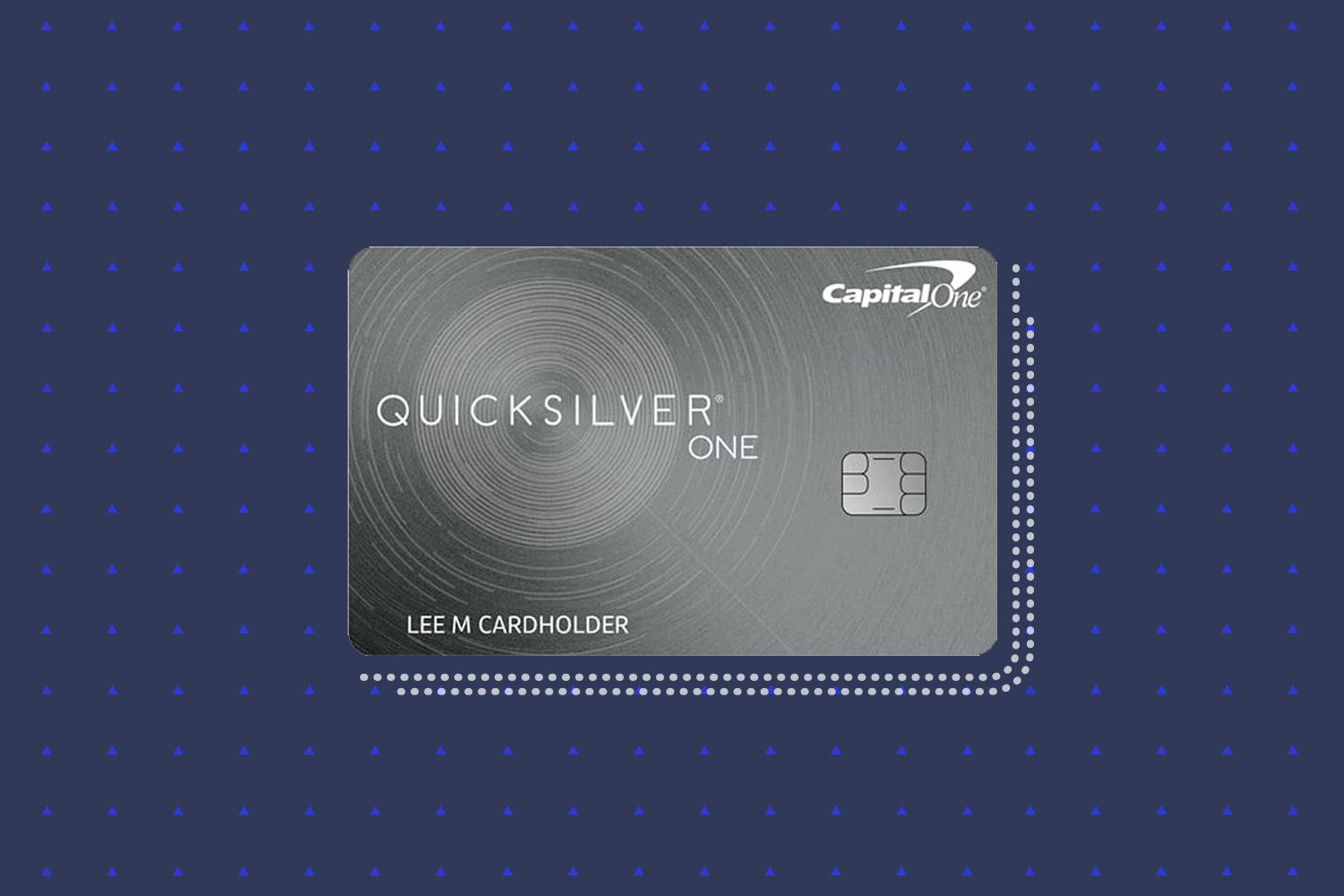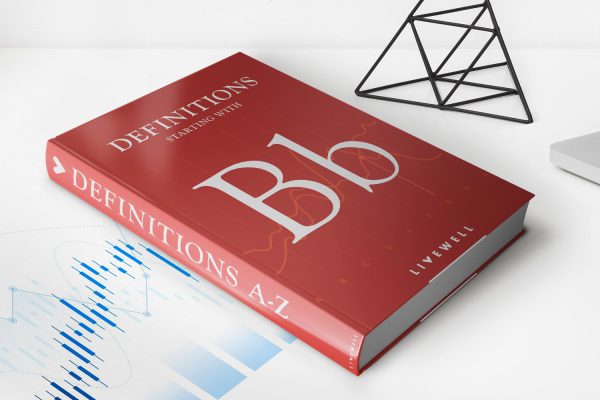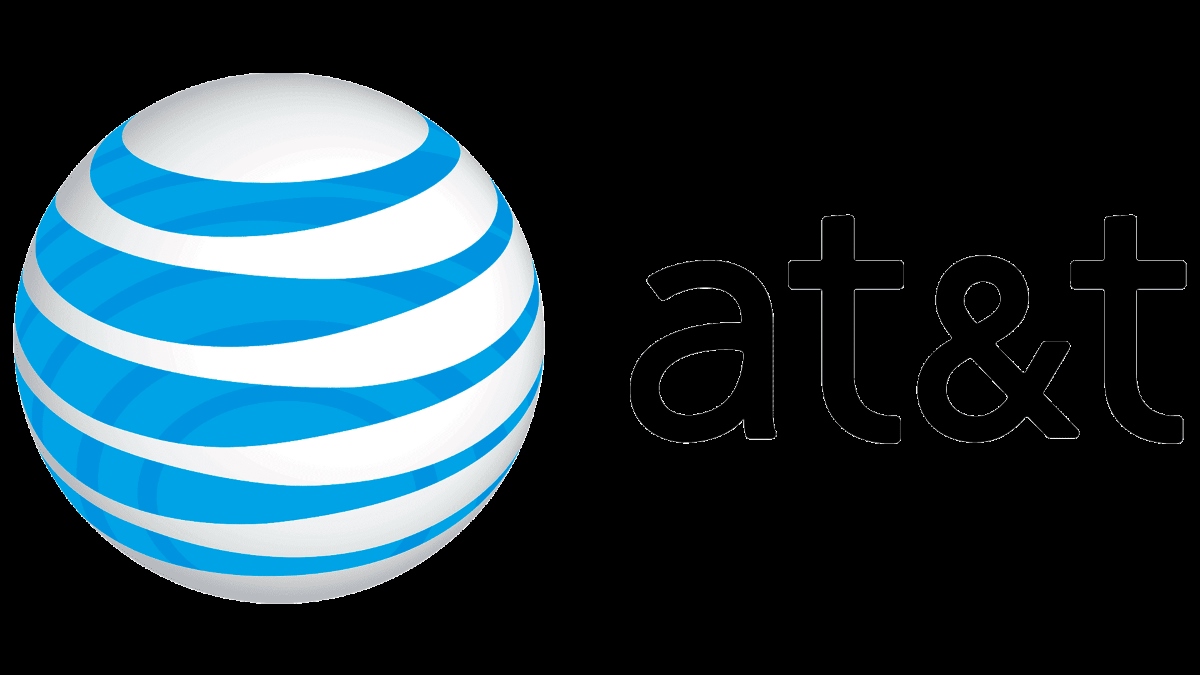

Finance
What Is A Qualified Student Loan?
Modified: February 21, 2024
Learn about qualified student loans and how they can help finance your education. Find out the benefits and eligibility requirements for these specialized financial aid options.
(Many of the links in this article redirect to a specific reviewed product. Your purchase of these products through affiliate links helps to generate commission for LiveWell, at no extra cost. Learn more)
Table of Contents
- Introduction
- Definition of a Qualified Student Loan
- Types of Qualified Student Loans
- Eligibility Criteria for Qualified Student Loans
- Benefits of Having a Qualified Student Loan
- Repayment Options for Qualified Student Loans
- Loan Forgiveness and Discharge Options for Qualified Student Loans
- Common Misconceptions about Qualified Student Loans
- Conclusion
Introduction
A qualified student loan is a financial tool that helps students and their families cover the costs of higher education. In today’s increasingly competitive job market, a college degree is essential for many career paths. However, the rising costs of tuition, room and board, and other educational expenses can be a significant burden for students and their families. This is where qualified student loans come in.
By taking out a qualified student loan, students can access the funds they need to pay for their education and pursue their academic and professional goals. These loans often offer lower interest rates and more favorable repayment terms compared to other types of loans, making them an attractive option for students seeking financial assistance.
It’s important to note that not all student loans are considered qualified student loans. To be classified as a qualified student loan, the loan must meet certain criteria set by the Internal Revenue Service (IRS). These criteria determine the tax treatment of the loan, as well as the eligibility for certain benefits and protections.
In this article, we will delve into the details of qualified student loans, including their definition, types, eligibility criteria, benefits, repayment options, and loan forgiveness and discharge options. We will also debunk some common misconceptions surrounding qualified student loans. By the end of this article, you will have a comprehensive understanding of what a qualified student loan is and how it can help you or your loved ones finance a higher education.
Definition of a Qualified Student Loan
A qualified student loan is a type of loan that is specifically designed to help students and their families cover the costs of higher education. These loans are typically offered by government agencies or private financial institutions and come with certain benefits and protections.
To be considered a qualified student loan, the loan must meet certain criteria set by the IRS. One of the main requirements is that the loan must be used solely for qualified educational expenses, such as tuition, fees, books, and supplies. This means that the funds cannot be used for personal expenses unrelated to education.
In addition, qualified student loans are subject to certain borrowing limits. The maximum amount that can be borrowed varies depending on the type of loan and the borrower’s financial need. The interest rates on these loans are generally fixed and lower compared to other types of loans, making them more affordable for students.
One key feature of qualified student loans is that they offer certain tax benefits. The interest paid on these loans may be tax-deductible, which can help reduce the overall tax liability for borrowers. This is especially beneficial for students and parents who are struggling to manage the financial burden of education.
It is important to note that not all student loans meet the criteria to be considered qualified student loans. Private loans, for example, may not always qualify for the same tax benefits and protections as federal loans. It is essential for borrowers to carefully review the terms and conditions of the loan to ensure it meets the criteria for a qualified student loan.
Overall, a qualified student loan provides students and their families with the financial assistance they need to pursue higher education. These loans come with certain benefits and protections that make them a favorable option for borrowers. Understanding the definition and criteria for qualified student loans is crucial for making informed decisions about financing education and managing repayment.
Types of Qualified Student Loans
There are several types of qualified student loans that students and their families can consider when seeking financial assistance for higher education. Understanding the different options available can help borrowers make informed decisions based on their individual needs and circumstances. Here are some of the most common types of qualified student loans:
- Federal Direct Subsidized Loans: These loans are offered by the U.S. Department of Education to undergraduate students with demonstrated financial need. The interest on these loans is subsidized, which means the government pays the interest while the borrower is enrolled in school at least half-time and during certain deferment periods.
- Federal Direct Unsubsidized Loans: Similar to subsidized loans, these loans are also offered by the U.S. Department of Education to undergraduate and graduate students. However, unlike subsidized loans, interest accrues on unsubsidized loans from the time the loan is disbursed, even while the borrower is in school.
- Federal Direct PLUS Loans: These loans are available to graduate students and parents of dependent undergraduate students. PLUS Loans have higher interest rates than subsidized and unsubsidized loans and require a credit check. They can cover the remaining educational expenses not covered by other financial aid.
- Perkins Loans: These loans are available to undergraduate, graduate, and professional students with exceptional financial need. Perkins Loans are awarded by the student’s college or university and have a fixed interest rate, with the school acting as the lender.
- Private Student Loans: Private student loans are offered by private lenders such as banks, credit unions, and online lenders. These loans are not guaranteed or subsidized by the government, and their terms and conditions vary depending on the lender. Private student loans can be used to cover education-related expenses not covered by other financial aid.
It is important for borrowers to carefully consider the terms and conditions of each type of qualified student loan before making a decision. Factors such as interest rates, repayment options, and borrower benefits should be taken into account to ensure the loan aligns with the borrower’s financial goals and circumstances.
Eligibility Criteria for Qualified Student Loans
While specific eligibility criteria may vary depending on the type of loan and the lender, there are some general requirements that students must meet to be eligible for qualified student loans. These criteria help lenders assess the borrower’s ability to repay the loan and determine whether they qualify for certain benefits and protections. Here are some common eligibility criteria for qualified student loans:
- Enrollment in an eligible educational institution: To be eligible for a qualified student loan, the borrower must be enrolled at least half-time in a degree-granting program at an eligible educational institution. This includes colleges, universities, vocational schools, and other accredited institutions.
- U.S. citizenship or eligible non-citizenship: In most cases, borrowers must be U.S. citizens, U.S. nationals, or eligible non-citizens to be eligible for federal student loans. Private lenders may have their own citizenship requirements.
- Satisfactory academic progress: Borrowers must maintain satisfactory academic progress as determined by their educational institution in order to retain eligibility for qualified student loans. This typically includes meeting minimum GPA requirements and completing a certain number of credit hours each semester.
- Passing a credit check: Some types of qualified student loans, such as Federal Direct PLUS Loans, require borrowers to pass a credit check. However, many federal student loans do not have strict credit requirements, making them accessible to borrowers with limited credit history or lower credit scores.
- Financial need: Certain types of qualified student loans, such as Federal Direct Subsidized Loans and Perkins Loans, are based on financial need. To demonstrate financial need, borrowers must complete the Free Application for Federal Student Aid (FAFSA) and provide information about their family’s income, assets, and other financial factors.
It’s important for prospective borrowers to carefully review the specific eligibility criteria for the type of qualified student loan they are interested in. Meeting these criteria is crucial for accessing the loan and its associated benefits, such as lower interest rates, deferment options, and loan forgiveness programs. In case a borrower does not meet the eligibility requirements for a qualified student loan, there may be alternative loan options available, such as private student loans or scholarships/grants, that can help finance their education.
Benefits of Having a Qualified Student Loan
Qualified student loans offer several benefits that make them an attractive option for students and their families looking to finance higher education. From lower interest rates to flexible repayment options, these loans provide borrowers with valuable advantages. Here are some key benefits of having a qualified student loan:
- Lower interest rates: Qualified student loans often come with lower interest rates compared to other types of loans, such as personal loans or credit cards. This can result in significant savings over the life of the loan, reducing the overall cost of borrowing for students.
- Deferred repayment: Many qualified student loans offer deferred repayment options, allowing borrowers to postpone making payments while they are enrolled in school at least half-time. This can provide students with financial relief and time to focus on their studies without the immediate burden of repayment.
- Income-Driven Repayment Plans: Federal student loans often offer income-driven repayment plans, which calculate loan payments based on the borrower’s income and family size. These plans can help make monthly payments more affordable, particularly for borrowers with limited income or high levels of debt.
- Loan Forgiveness and Discharge: Qualified student loans may be eligible for loan forgiveness or discharge programs. These programs provide borrowers with the opportunity to have their remaining loan balance forgiven under certain circumstances, such as public service employment or teacher loan forgiveness programs.
- Access to borrower benefits: Qualified student loans may come with borrower benefits, such as the ability to consolidate loans, access to loan deferment and forbearance options, and potential eligibility for loan repayment assistance programs.
- Building credit history: Successfully managing a qualified student loan and making timely repayments can help students establish a positive credit history, which can be crucial for future financial endeavors such as renting an apartment or applying for other types of loans.
It’s important for borrowers to take advantage of the benefits offered by their qualified student loans and make the most of the opportunities available to them. Understanding the terms and conditions of the loan, exploring repayment options, and staying informed about potential loan forgiveness or discharge programs can help borrowers effectively manage their student loan debt and achieve their educational and financial goals.
Repayment Options for Qualified Student Loans
Repaying a qualified student loan is an important responsibility that borrowers must prepare for after completing their education. Fortunately, there are several repayment options available to accommodate different financial situations and help borrowers manage their loan payments effectively. Here are some common repayment options for qualified student loans:
- Standard Repayment Plan: This is the most common repayment option for qualified student loans. Under the standard plan, borrowers make fixed monthly payments over a period of time, usually 10 years. This plan allows borrowers to pay off their loans faster but may result in higher monthly payments.
- Graduated Repayment Plan: With the graduated plan, borrowers start with lower monthly payments and gradually increase them over time. This option is suitable for borrowers who expect their income to increase steadily in the future. Payments typically increase every two years and are spread out over a period of 10 to 30 years.
- Extended Repayment Plan: This plan extends the repayment period beyond the standard 10 years, offering borrowers up to 25 years to repay their loans. Monthly payments are lower but interest accrues over a longer period, resulting in higher total repayment amounts over time.
- Income-Driven Repayment Plans (IDR): Income-driven repayment plans calculate loan payments based on the borrower’s income, family size, and other factors. There are several types of IDR plans, including Income-Based Repayment (IBR), Pay As You Earn (PAYE), Revised Pay As You Earn (REPAYE), and Income-Contingent Repayment (ICR). These plans aim to make loan payments more manageable by adjusting the monthly payment amount based on the borrower’s income and family situation.
- Refinancing or Consolidation: Borrowers also have the option to refinance or consolidate their qualified student loans. Refinancing involves obtaining a new loan with different terms and interest rates to replace the existing loans, often with the goal of securing a lower interest rate. Consolidation allows borrowers to combine multiple loans into one, simplifying repayment and potentially extending the repayment period.
It’s important for borrowers to carefully evaluate their financial situation, income prospects, and future goals when selecting a repayment option. Some plans may prioritize lower monthly payments but result in higher overall repayment amounts due to extended repayment periods or accruing interest. It’s advisable to explore multiple repayment options and consider seeking guidance from financial advisors or loan servicers to make an informed decision.
By understanding all available repayment options and selecting the one that aligns with their financial circumstances, borrowers can effectively manage their qualified student loan repayment and work towards a debt-free future.
Loan Forgiveness and Discharge Options for Qualified Student Loans
For borrowers facing financial challenges, there are loan forgiveness and discharge options available for qualified student loans. These programs provide relief by either canceling the remaining loan balance or reducing the repayment obligation based on certain eligibility criteria. Here are some common loan forgiveness and discharge options for qualified student loans:
- Public Service Loan Forgiveness (PSLF): The PSLF program forgives the remaining loan balance for borrowers who have made 120 qualifying monthly payments while working full-time for a qualifying employer, such as government organizations, non-profit organizations, or certain public service jobs. To qualify, borrowers must have Direct Loans and be enrolled in an income-driven repayment plan.
- Teacher Loan Forgiveness: This program is specifically designed for teachers who have been working in low-income schools or educational service agencies for five consecutive years. Qualified teachers may be eligible for loan forgiveness of up to $17,500 on their Direct Subsidized and Unsubsidized Loans and Subsidized and Unsubsidized Federal Stafford Loans.
- Income-Driven Repayment Plan Forgiveness: Borrowers enrolled in certain income-driven repayment plans, such as Income-Based Repayment (IBR), Pay As You Earn (PAYE), Revised Pay As You Earn (REPAYE), or Income-Contingent Repayment (ICR), may be eligible for loan forgiveness after making a certain number of qualifying payments over a specified period, typically 20 or 25 years.
- Disability Discharge: Borrowers with a total and permanent disability may be eligible for a discharge of their federal student loans. The disability must be documented and reviewed by the Social Security Administration, the Department of Veterans Affairs, or a physician.
- Bankruptcy Discharge: In rare cases, student loans may be discharged through a bankruptcy proceeding. However, this is typically difficult to achieve as borrowers must prove “undue hardship” and meet specific legal requirements.
It’s important for borrowers to thoroughly research and understand the requirements and limitations of each loan forgiveness and discharge program. Some programs have specific requirements regarding employment, payment history, or loan type. Additionally, it’s crucial to stay informed about any updates or changes to these programs, as eligibility criteria and program regulations can evolve over time.
By exploring and utilizing these loan forgiveness and discharge options, borrowers can significantly reduce or even eliminate their student loan debt burden. It’s recommended to consult with the loan servicer or a financial advisor for personalized guidance on determining eligibility and navigating the application process for loan forgiveness and discharge programs.
Common Misconceptions about Qualified Student Loans
Qualified student loans are a valuable resource for financing higher education, but they are also subject to various misconceptions that can lead to confusion and misinformation. It’s important to separate fact from fiction when it comes to understanding and managing these loans. Here are some common misconceptions about qualified student loans:
- “Qualified student loans are free money”: One common misconception is that qualified student loans are grants or scholarships that do not need to be repaid. However, unlike grants or scholarships, student loans must be repaid with interest. Failure to repay these loans can result in negative consequences, such as credit damage and collection actions.
- “You can’t afford college without taking out loans”: While student loans can be a helpful tool for financing education, they are not the only option. Scholarships, grants, work-study programs, and savings can all contribute to reducing the need for loans. It’s essential to explore all available resources before relying solely on loans.
- “All student loans offer the same benefits and protections”: Not all student loans are created equal. Qualified student loans, such as federal loans, offer unique benefits and protections, including lower interest rates, income-driven repayment plans, and loan forgiveness programs. Private student loans may have different terms and fewer borrower protections.
- “You can’t repay student loans early or make additional payments”: Borrowers have the flexibility to make early payments and can even pay more than the minimum monthly amount towards their loans. Paying off loans early can save money on interest and help borrowers become debt-free sooner.
- “Student loans cannot be discharged in bankruptcy”: While it is generally challenging, student loans can be discharged through bankruptcy in exceptional cases. Borrowers must demonstrate “undue hardship” and meet specific legal requirements outlined by the bankruptcy courts.
- “Student loan forgiveness happens automatically after a certain period”: Loan forgiveness programs, such as Public Service Loan Forgiveness (PSLF) or income-driven repayment plan forgiveness, require specific criteria to be met, such as qualifying employment or making a certain number of payments. The forgiveness process typically requires an application and review to determine eligibility.
It’s crucial for borrowers to be well-informed about the terms, benefits, and responsibilities associated with qualified student loans. Seeking guidance from loan servicers, financial advisors, or reliable sources can help dispel misconceptions and ensure that borrowers have accurate information to make informed decisions about their student loans.
Conclusion
Qualified student loans play a significant role in making higher education accessible to students and their families. These loans provide the necessary financial support to cover the rising costs of tuition, fees, and other educational expenses. Understanding the ins and outs of qualified student loans is crucial for borrowers to effectively manage their loans and make informed decisions.
In this article, we have explored the definition of qualified student loans and the types available. We have also discussed the eligibility criteria for these loans, as well as the benefits they offer, such as lower interest rates, flexible repayment options, and potential loan forgiveness programs. It’s essential for borrowers to be aware of the repayment options available to them, including standard plans, income-driven plans, and consolidation options.
Additionally, we have addressed common misconceptions surrounding qualified student loans, such as the belief that they are free money or the only means of financing college. It’s important to debunk these misconceptions to help borrowers make informed choices about their education and finances.
Ultimately, qualified student loans can open doors to educational opportunities that may have otherwise been out of reach. However, responsible borrowing and careful planning are vital to ensure that the loans are managed effectively and do not become a burden in the long run.
It’s recommended that borrowers actively engage with loan servicers, financial advisors, and trusted resources to stay informed about their loan options, repayment strategies, and potential loan forgiveness opportunities. By understanding the complexities of qualified student loans, borrowers can navigate the process with confidence and work towards a successful repayment journey.














